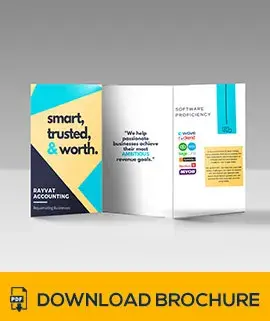How to Account for PPP Loan Forgiveness in QuickBooks? Your Comprehensive Guide

In the realm of small business accounting, managing Paycheck Protection Program (PPP) loan forgiveness is a critical task. QuickBooks, a widely used accounting software, can streamline this process, ensuring accuracy and compliance. Below, we've outlined a step-by-step guide on how to account for PPP loan forgiveness in QuickBooks, making the entire procedure both seamless and efficient.
Step 1: Navigate to 'Banking' in QuickBooksBegin by logging into your QuickBooks account and selecting the 'Banking' tab from the main dashboard. This serves as the central hub for all financial transactions.
Step 2: Select the Appropriate AccountLocate and choose the bank account associated with your PPP loan. This ensures that you're working within the correct financial parameters.
Step 3: Enter Loan FundsIf you haven't already, enter the PPP loan funds into your account by creating a deposit transaction. Specify the appropriate date and ensure accuracy in the entered amount.
Step 4: Create a Liability Account
To accurately represent the PPP loan, establish a liability account. Navigate to the 'Chart of Accounts' section in QuickBooks and select 'New.' Choose 'Other Current Liability' and name it appropriately, such as 'PPP Loan Payable.'
Step 5: Record Loan Amount as Liability
In the 'Chart of Accounts,' locate the recently created liability account and record the loan amount. This step ensures proper tracking of the outstanding loan balance.
Step 6: Document Expenses
Categorize eligible expenses paid using the PPP funds. Create separate expense accounts for payroll costs, rent, utilities, and mortgage interest. Allocate expenditures accurately to these categories.
Step 7: Apply for Forgiveness
Once eligible, apply for PPP loan forgiveness through the Small Business Administration (SBA) or your lender's portal. Keep the necessary documentation, such as payroll reports and receipts, readily available.
Step 8: Adjust Loan Forgiveness
Upon receiving forgiveness approval, adjust the liability account in QuickBooks. Reduce the forgiven amount from the PPP loan payable, reflecting the updated balance.
Step 9: Update Expense Accounts
Correspondingly adjust the expense accounts associated with the forgiven amount. This ensures accurate financial reporting and compliance with accounting standards.
Step 10: Reconcile Accounts
Regularly reconcile your accounts to ensure all transactions align with your bank statements. This step helps identify any discrepancies and maintains the integrity of your financial records.
By following these steps, you can effectively account for PPP loan forgiveness in QuickBooks. This process not only ensures accurate financial reporting but also aids in maintaining compliance with regulations. Remember, meticulous record-keeping is key to a successful financial management system for your small business.
Ready to streamline your finances and take control of your business? Contact us today our team of QuickBooks experts lets us handle your bookkeeping and accounting needs with precision and expertise. Don't wait, take the first step towards financial clarity and success – reach out to us now!

